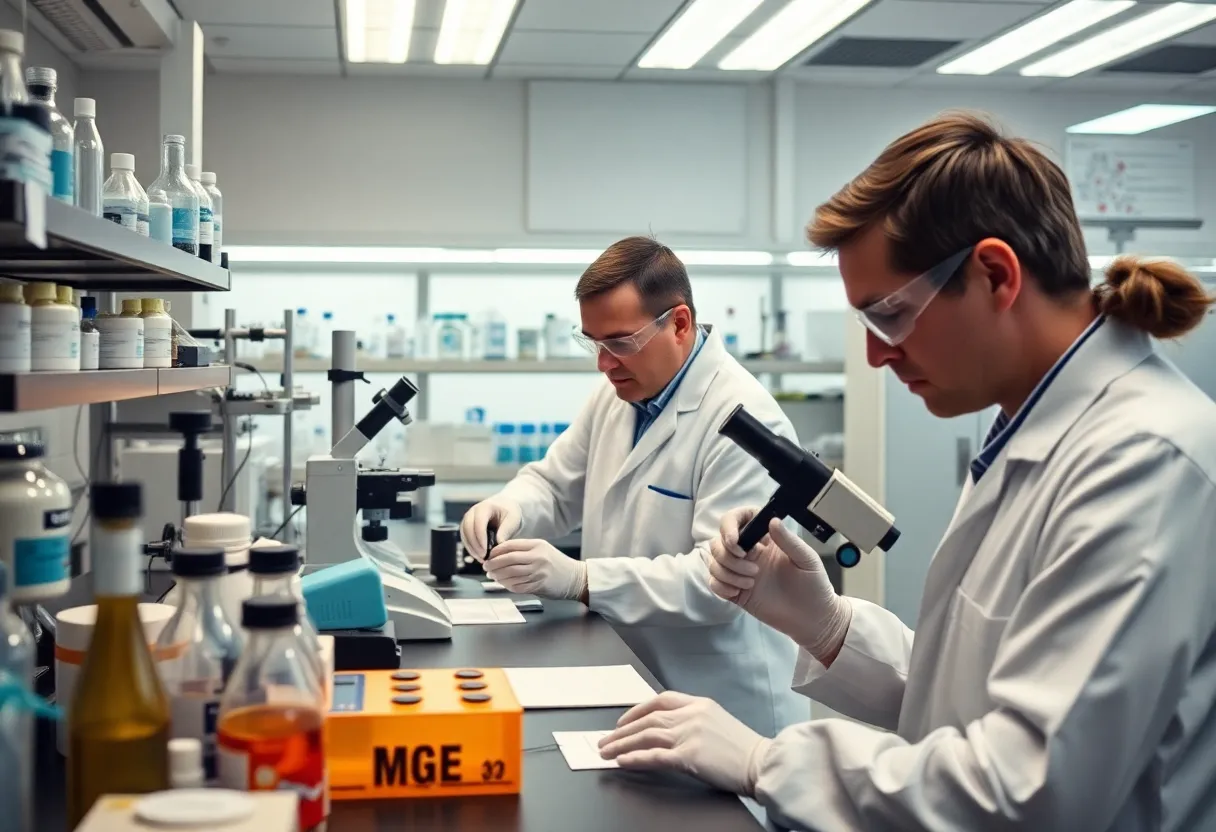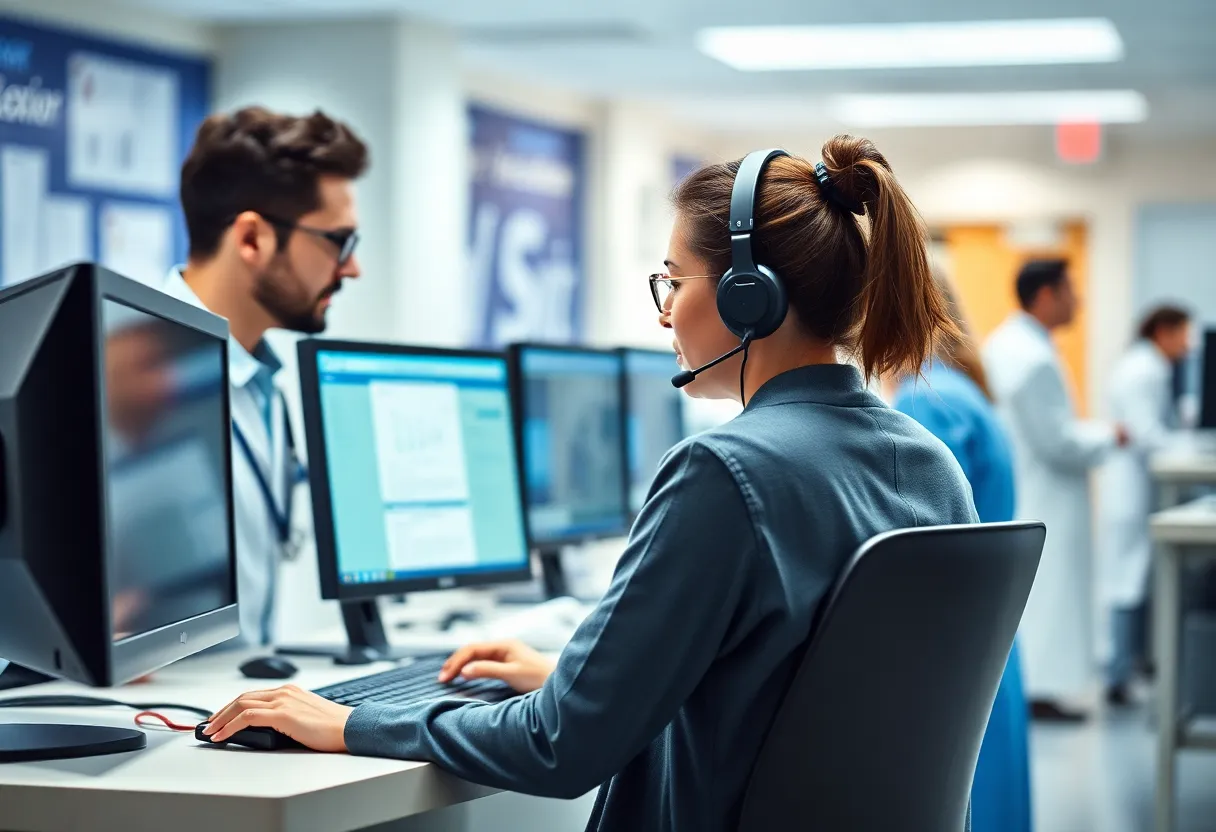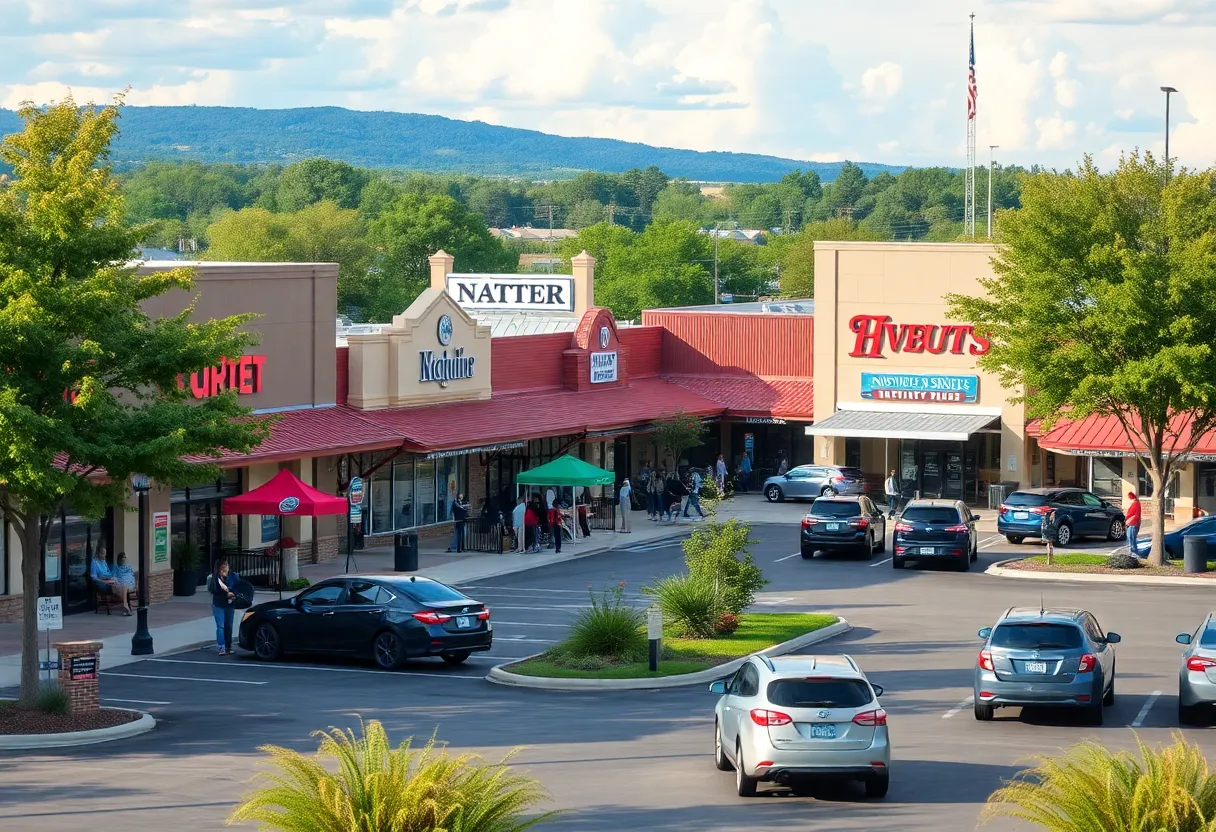Dallas, September 28, 2025
News Summary
Researchers at The University of Texas at Dallas have innovated a technique to embed unique genetic ‘fingerprints’ into engineered cells. This method addresses the critical issues of mislabeling, contamination, and unauthorized duplication that result in financial losses and hinder biomedical advancements. The study highlights the adaptation of microchip security concepts to develop tamper-proof genetic fingerprints, significantly improving the genetic barcoding process to aid industry adoption. With a patent pending and a startup formed for commercialization, this approach promises to safeguard intellectual property and accelerate the development of therapies.
Dallas
UT Dallas team embeds unique genetic “fingerprints” into engineered cells to prevent misidentification
A research team at The University of Texas at Dallas has developed a method to embed unique genetic “fingerprints” into engineered cells. The technique is designed to prevent mislabeling, contamination, and unauthorized duplication of engineered cells, issues that can produce major financial losses across industry and slow biomedical development.
Key findings and publication
The study was published this summer in the scientific journal *Advanced Science*. The research adapts a microchip security concept to biology and produces a tamper-proof genetic fingerprint that aims to make engineered cell lines verifiable and unclonable.
How the method works and technical advances
The innovative solution involves incorporating unique genetic IDs, likened to “barcodes,” directly into the cells’ DNA. The technique adapts a concept from microchip security known as physical unclonable functions (PUFs) for biological applications, creating a tamper-proof genetic fingerprint that cannot be copied. The UTD research team improved the genetic barcoding process from two steps to one, facilitating easier adoption by companies.
Machine learning tools have been developed to enhance accuracy in checking these genetic fingerprints, allowing for better cell-line identification. The method is currently patent-pending, and the commercial potential is being actively pursued.
Commercialization and support
To bring this technology to market, Bleris and Alexander Pertsemlidis from UT San Antonio co-founded a biotech startup named SyntaxisBio Inc. The startup is supported by the National Science Foundation and a Small Business Technology Transfer grant from the National Institutes of Health.
Motivation and potential impact
Leonidas Bleris, a professor of bioengineering at UT Dallas, emphasized the need for reliable verification of genetically engineered cell lines. The researchers believe their approach could help biotech firms minimize costly misidentifications, safeguard intellectual property, and accelerate the development of therapies. Bleris noted that the rapid proliferation of gene-editing tools, such as CRISPR, has outpaced current cell authentication capabilities, highlighting the significance of their innovation.
Why this matters
Cell-line misidentification and contamination have long been recognized problems in research and industry. Incorrect or mixed cell lines can invalidate experiments, lead to wasted time and resources, and create legal or intellectual property disputes. Embedding an unclonable genetic ID in the cell itself offers a path to verifiable provenance tied directly to the biological material rather than external labeling or record keeping.
Next steps
With the approach patent-pending and a startup formed to pursue commercialization, the immediate next steps focus on validating the system in industry settings, scaling production workflows, integrating machine learning-based verification into standard laboratory processes, and pursuing licensing or partnerships with biotech firms. The one-step barcoding improvement is intended to lower technical barriers for broad adoption.
FAQ
What did the UT Dallas team develop?
A research team at The University of Texas at Dallas has developed a method to embed unique genetic “fingerprints” into engineered cells.
Where was the study published?
The study was published this summer in the scientific journal *Advanced Science*.
What is the proposed solution?
The innovative solution involves incorporating unique genetic IDs, likened to “barcodes,” directly into the cells’ DNA.
What security concept was adapted for biology?
The technique adapts a concept from microchip security known as physical unclonable functions (PUFs) for biological applications, creating a tamper-proof genetic fingerprint that cannot be copied.
What technical improvement did the UTD research team make?
The UTD research team improved the genetic barcoding process from two steps to one, facilitating easier adoption by companies.
Were machine learning tools part of the work?
Machine learning tools have been developed to enhance accuracy in checking these genetic fingerprints, allowing for better cell-line identification.
Is the method protected or being commercialized?
The method is currently patent-pending, and the commercial potential is being actively pursued.
Who formed the startup to commercialize it?
To bring this technology to market, Bleris and Alexander Pertsemlidis from UT San Antonio co-founded a biotech startup named SyntaxisBio Inc.
Who supports the startup?
The startup is supported by the National Science Foundation and a Small Business Technology Transfer grant from the National Institutes of Health.
What are the expected benefits?
The researchers believe their approach could help biotech firms minimize costly misidentifications, safeguard intellectual property, and accelerate the development of therapies.
Why is this innovation timely?
Bleris noted that the rapid proliferation of gene-editing tools, such as CRISPR, has outpaced current cell authentication capabilities, highlighting the significance of their innovation.
| Feature | Description |
|---|---|
| Genetic “fingerprints” | Unique genetic IDs embedded into cells’ DNA to enable verification. |
| PUF adaptation | Physical unclonable functions repurposed from microchip security to create tamper-proof cell markers. |
| Process simplification | UTD research team improved the genetic barcoding process from two steps to one for easier adoption. |
| Verification tools | Machine learning tools developed to improve identification accuracy. |
| Commercial path | Method is patent-pending; SyntaxisBio Inc formed to pursue commercialization with NSF and NIH SBTT support. |
Deeper Dive: News & Info About This Topic
HERE Resources
Additional Resources
- Dallas Innovates: UT Dallas Researchers Barcode Engineered Cells
- Dallas Innovates: Signify Bio Launches
- D Magazine: UT Southwestern and UT Dallas Break Ground
- Google Search: Genetic Barcodes
- Dallas Innovates: UT Southwestern Collaborates with Pfizer

Author: STAFF HERE DALLAS WRITER
The DALLAS STAFF WRITER represents the experienced team at HEREDallas.com, your go-to source for actionable local news and information in Dallas, Dallas County, and beyond. Specializing in "news you can use," we cover essential topics like product reviews for personal and business needs, local business directories, politics, real estate trends, neighborhood insights, and state news affecting the area—with deep expertise drawn from years of dedicated reporting and strong community input, including local press releases and business updates. We deliver top reporting on high-value events such as the State Fair of Texas, Deep Ellum Arts Festival, and Dallas International Film Festival. Our coverage extends to key organizations like the Dallas Regional Chamber and United Way of Metropolitan Dallas, plus leading businesses in telecommunications, aviation, and semiconductors that power the local economy such as AT&T, Southwest Airlines, and Texas Instruments. As part of the broader HERE network, including HEREAustinTX.com, HERECollegeStation.com, HEREHouston.com, and HERESanAntonio.com, we provide comprehensive, credible insights into Texas's dynamic landscape.





